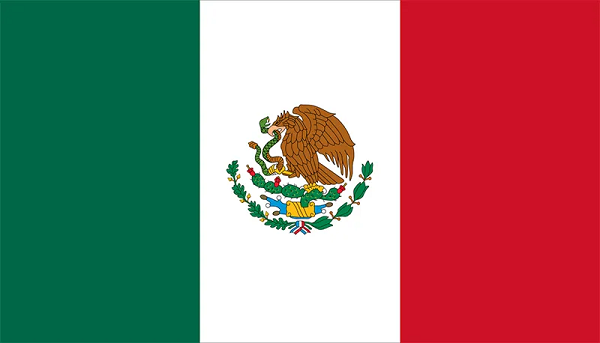
oultry meat consumption in Mexico is poised for a significant surge as various factors align to create a promising outlook for the industry. Despite some economic growth projections for 2024 being slightly lower than previous years, the Mexican poultry market remains robust, offering investors and stakeholders ample opportunities. The United States, a key player in this scenario, is experiencing a notable uptick in broiler meat exports to Mexico, further fueling optimism in the sector.
Strong Market Amid Economic Projections
While economic projections for Mexico in 2024 indicate a GDP growth of 1.6%, which is marginally lower than previous years, the poultry market appears resilient, defying these modest forecasts. According to the USDA’s Foreign Agricultural Service’s Global Agricultural Information Network (GAIN) report, the poultry market is showing remarkable strength.
Poultry Production Set to Soar
Poultry production in Mexico is on an upward trajectory, with a forecast of 3.9 million metric tons in 2024. This represents a 2% increase compared to 2023. The driving force behind this expansion is the projected decrease in animal feed prices, expected to reduce production costs and bolster supply. Furthermore, a robust domestic demand is anticipated to push imports up by 5% compared to 2023, reaching 1.0 million metric tons.
Surging U.S. Broiler Meat Exports
In July 2023, U.S. broiler meat exports to Mexico reached a staggering 513,000 pounds, marking a three-fold increase compared to the previous 12 months. This surge in exports underscores the growing demand for poultry products in Mexico and highlights the pivotal role of the United States in meeting this demand.
Rising Chicken Meat Consumption
Chicken meat consumption is projected to increase by 3% in 2024 compared to 2023. This growth can be attributed to improving economic conditions and an upcoming presidential election in Mexico in 2024. During the election season, voters are likely to prioritize food prices, including those of chicken meat, making it a central topic of concern.
In conclusion, Mexico’s poultry market is heating up, driven by factors such as declining production costs, robust domestic demand, and a surge in U.S. exports. Despite moderate economic growth projections, the future looks promising for the Mexican poultry industry, offering opportunities for growth and development in the years to come.


















